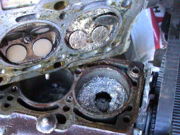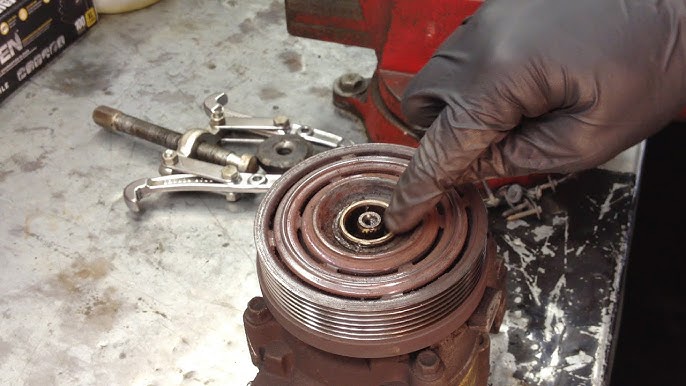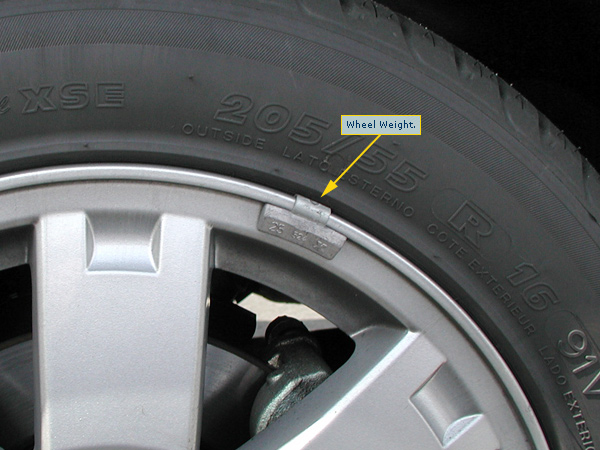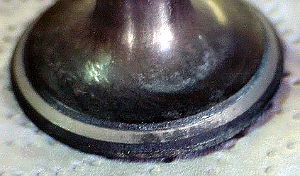Welding & modifying struts
Last Updated on July 22, 2024 by Mutiara
The most common reason to modify stock struts is for better fitment of coilover sleves. Since the stock spring perches are very large and no longer needed with the installation of coilovers, many owners usually cut off most of the perch and leave enough on to hold the coilover sleve in place on the strut. This leaves quite a messy looking strut however, and also increases the chance of ruining the aluminum coilover sleve because it doesn’t have an even flat surface to sit on and spread out the force. Another benefit of making custom coilover sleve mounts is the ability to move them around more for even further height adjustment than the coilover set permits. This article was written while working on a 3rd gen Ford Escort, however should be similar for most cars with springs on struts suspension setup.
Welding struts
Although construction may vary on various struts, most do not have that much pressure in them and do not pose much of a risk to weld, other than ruining the strut itself. Low amperage has to be used, and the torch kept as close to the weld as possible. Welding has to be done in short durations to allow the strut to cool. The valve should be kept as far away as possible to avoid heat damage, this means either leaving the strut full extended. If the tools permit, compressing them all the way is better because the valve can be further away at the bottom of the strut.
Some have had success with submerging parts of the strut in water while welding for heat dissipation, however this can stress and weaken the metal. It’s recommended to avoid this and let them air cool slowly, fragmenting the weld times into short durations to avoid overheating all the non metal insides. The struts are filled with oil, which can play a role while welding them. If the strut is being welded while laying sideways, keeping the weld at the top may be a good idea. Otherwise the oil can become very heated, and if the wall is breached rather than having a little bit of hot gas come out, hot oil may propel outwards and cause burns to the welder and equipment.
If too much heat is used the inside of the strut wall will become effected, and scrape against the valve as it moves past. This usually happens at the same time gas escapes from the hole. Whether a breach is created or not, if the strut feels rough while moving up and down past the area, it’s effectively ruined and should be thrown out and replaced with another. Practicing on bad struts is a good idea to get used to the heat requirements and welding time, to avoid ruining good struts.
Removing the perches
Removal of the spring perches can be performed by various tools, however using a cutoff wheel is too easy to cut into the strut itself. As can be seen in the following photos. Some of the cuts were repaired and filled in perfect with weld, however one of the cuts resulted in going through the strut body and ruining the strut.
A better way to cut off the spring perches is to use a sanding disc on an angle grinder. This allow slow and smooth removal of the metal, and since the welds are all surface and easily accessible with the perch design, good results with too much excess material removal were obtained. Prior to removing the perch, the end caps have to be removed. This can be done easily with a chisel and a hammer. Several good hits will pop them right off. After the perch base and welds have been sanded down by the angle grinder to the point of being really thin, instead of going further and removing excess material, several good hits with a hammer on the perch will tear the thin metal and separate them.
Creating new seats
Obtaining the metal tubes to use as mounts for the coilover sleves is quite easy, by taking a trip to a local metal supplier or ordering the tubes online. Cutting should be done with a band saw or any other cutoff tool to ensure an even cut for the seat. In this case, the rear struts on the Ford Escort were slightly thinner. While the front tubes fit 100% perfectly on to the struts and required no modification. The rear tubes had to be cut and compressed with a hose clamp while welding to make a proper inner diameter. Since this also decreased the outer diameter and the seat for the coilover sleve, a second ring was cut and stretched over, welding them together for a very solid and durable seat. Welding this to the strut however, is more difficult due to the thickness of the sleve, hence the messy looking although strong welds on the following images.
Also see
- Unibody welding for more information about welding thin metal with a MIG welder.
- Shortening struts to learn how to shorten the struts themselves to avoid bottoming out.
- Ford Escort & ZX2 section for the entire index of all Ford Escort and ZX2 related articles.













